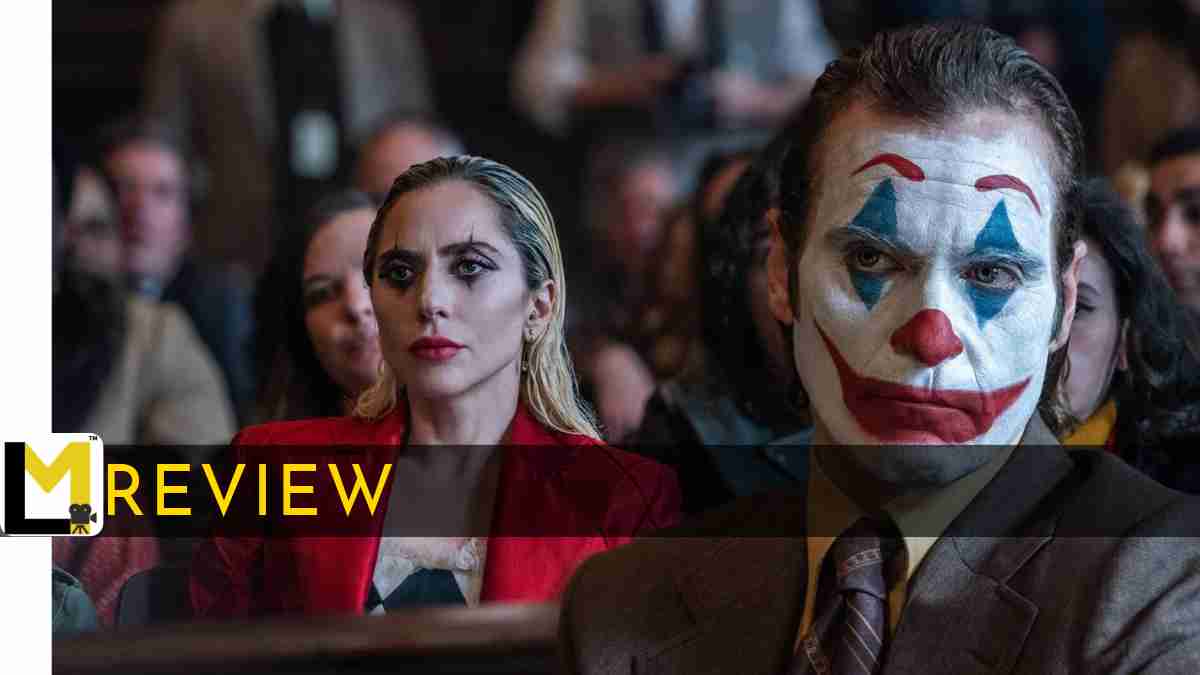The title of the second part of Todd Phillips’ Joker is Joker: Folie à Deux. Folie à Deux means a scenario where two people share the same mental illness. So, from the title itself, it is sort of evident that they are trying to pitch the second installment as a love story. While the first part brilliantly explores the mental health aspect of Arthur Fleck in order to add depth to that character and become an emphatic character study, Folie à Deux is a bit wobbly when it comes to establishing its priorities. Shuttling between the shared madness and Arthur’s split personality, Todd Phillips’ film is honest but lacks the emotional impact.
Post the events in the first part, Arthur is in jail, and during one of his psychiatry sessions, he happens to meet Lee, a woman who seems to admire and understand him. The madness in their equation was such that she even did some extreme stuff to get them both out of the prison. The main focus of the story is the trial of Arthur for the five murders he committed. How that trial proceeds with his advocate trying to get him out by taking advantage of his mental condition and what all happens during that process is what we see in Joker: Folie à Deux.
The film opens with a 2D Animation film that was made about Arthur after he got arrested. The movie then shows us the routine prison life of Arthur. The second installment is treated as a musical, and it was actually a great creative method to design a love story about two souls who were difficult to understand or who understood each other perfectly. In the later part of the movie, Phillips even shows the difference in mental state of these characters using the musical treatment. But like I said, the movie is struggling to find the right balance.
The delusional mind space of Arthur is the driving factor of Joker: Folie à Deux, and Harley Quinn just becomes a catalyst for that who appears sporadically in the gallery. There were points in the movie where I felt if Quinn wasn’t there in the story, the movie would have been a mellowed version of the character exploration that we saw in the first part. The script has sort of confined itself to the imagination of Arthur, and the reluctance to explore the socio-political issues of Gotham sort of shreds the layers of the movie. Lawrence Sher, with his signature cinematography style, captures the drama through visuals that sort of communicate the delusional and real events in a subtle yet distinctive manner. The intrigue was built neatly in the first half of the movie through edits by Jeff Groth, but as the script started to get muddled, his efforts to make things look compelling didn’t work.
Joaquin Phoenix is playing the character with great precision. In a way, the graph of the character is opposite from what we saw in the first film. And in the portions that feature Quinn, a sense of tenderness was required, and it was there in his performance. Lady Gaga as Harley Quinn, aka Lee, portrays the madness in sync with the kind of madness Todd Phillips has set for his universe. But like I said, that character is a mere catalyst, and since her backstory is all verbal, the Folie à Deux dynamic is not really working. Other than these two, the performance of Leigh Gill, who reprised his role as Gary, was really good, and the closing remark Gary made about Arthur was perhaps the most heartfelt moment in the whole film.
Joker: Folie à Deux has a similar visual texture and an interest in understanding the character’s psyche like the 2019 film. While the first film managed to blend Arthur’s issues with the unrest happening all over Gotham in a very seamless manner, Folie à Deux is less bothered about Gotham. As I already said, the emphasis on what is happening inside Arthur’s head is so prominent that even his equation with Lee gets sidelined. While the visual craft and creative usage of cinematic tropes do keep you interested in the film, the writing is not living up to the expectations.
While the visual craft and creative usage of cinematic tropes do keep you interested in the film, the writing is not living up to the expectations.
Green: Recommended Content
Orange: The In-Between Ones
Red: Not Recommended


